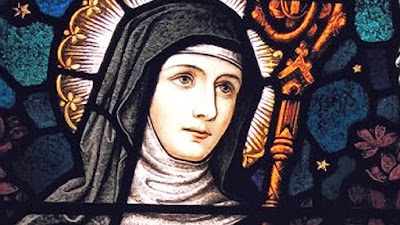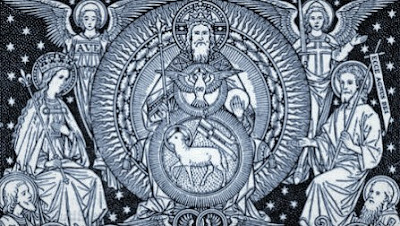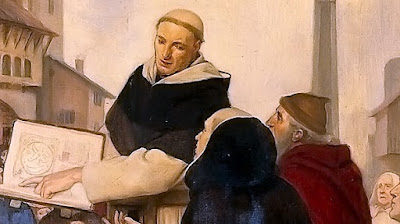Saint Margaret of Scotland, A Model of Virtue
November 16th, the Church celebrates the optional memorial of Saint Margaret of Scotland, also known as Margaret of Wessex. According to Divine Providence, a shipwreck near Scotland turned out to be good fortune for both that country and its monarch, because it brought the virtuous young woman to their shores. She proved to be a model mother and exemplary queen who worked hard to improve the morality of her subjects. St. Margaret is the secondary patroness of Scotland. Margaret was born sometime around the year 1050, in Hungary, where her father was living in exile, and likewise spent her childhood there as an unusually devout and pious girl. While her birth date is uncertain, her lineage is unmistakable. The daughter of Princess Agatha of Hungary and Prince Edward Atheling, she was brought up in the court of her great uncle, Edward the Confessor, who was King of England. Her father died suddenly in 1057, the year they returned to England. When William the Conqueror invaded that





